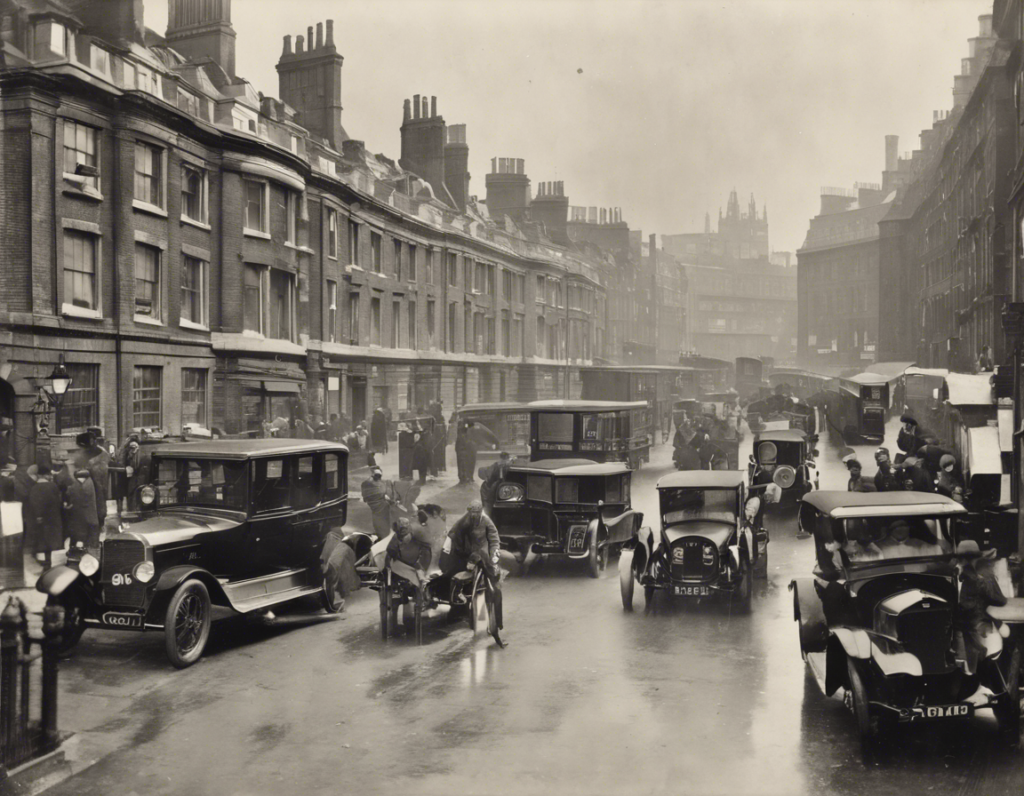The city of London in the year 1920 was filled with intrigue, glamour, and secrets waiting to be unearthed. From the aftermath of World War I to the beginnings of the Roaring Twenties, this period was a time of significant social, political, and cultural change. Delving into the mysteries of 1920s London can provide us with a fascinating glimpse into the past, offering insights into the lives of its residents and the events that shaped the city during this tumultuous era.
The Post-War Landscape
In the wake of World War I, London found itself grappling with the aftermath of the conflict. The city had endured bombings, rationing, and the loss of countless lives, leaving scars that would take years to heal. The return of soldiers from the front lines brought a sense of both relief and mourning, as families welcomed back their loved ones while also mourning those who would never return.
Social Change and Liberation
The 1920s marked a period of significant social change, with traditional values being challenged and new freedoms being embraced. The decade saw the rise of the flapper, the modern, independent woman who defied societal norms and embraced a more liberated lifestyle. Women gained the right to vote in 1928, a milestone achievement in the struggle for gender equality.
Cultural Renaissance
London in the 1920s was a hotbed of cultural activity, with writers, artists, and intellectuals flocking to the city to be a part of its vibrant scene. The Bloomsbury Group, a collection of writers, artists, and thinkers, made their mark on the city with their avant-garde ideas and bohemian lifestyle. Theatres thrived, jazz music filled the night air, and the city pulsated with creative energy.
The Jazz Age
The 1920s are often referred to as the Jazz Age, a time when the music scene in London was dominated by the sounds of jazz and swing. Nightclubs like the infamous Kit Kat Club and the Ciro’s Club attracted socialites, celebrities, and bohemians, creating a glamorous and hedonistic atmosphere that defined the era.
Political Turmoil
Despite the cultural renaissance taking place in London, the city was not without its political turmoil. The aftermath of the war, economic uncertainty, and social unrest all contributed to a sense of unease that hung over the city. The rise of socialist movements, the general strike of 1926, and the growing tensions in Europe all added to the sense of instability that defined the period.
Famous Faces
1920s London was also home to a number of famous faces who left their mark on the city. Personalities such as Virginia Woolf, T.S. Eliot, Agatha Christie, and Charlie Chaplin were just a few of the iconic figures who called London their home during this time. Their work and influence shaped the cultural landscape of the city and continue to resonate to this day.
Exploring 1920s London Today
For those interested in unraveling the mysteries of 1920s London, there are still plenty of ways to experience the atmosphere and energy of the era today. Visiting iconic landmarks such as the British Museum, the West End theatres, and the Jazz Age Club can provide a glimpse into the past and a sense of the city’s vibrant history.
Frequently Asked Questions (FAQs)
Q: What were the main social issues in 1920s London?
A: The main social issues in 1920s London included post-war trauma, gender equality, and economic instability.
Q: Who were some famous writers from 1920s London?
A: Famous writers from 1920s London included Virginia Woolf, T.S. Eliot, and Agatha Christie.
Q: What was the significance of the Jazz Age in 1920s London?
A: The Jazz Age was a time of cultural renaissance marked by the dominance of jazz music and a vibrant nightlife scene in London.
Q: How did the aftermath of World War I impact London in the 1920s?
A: The aftermath of World War I left London grappling with bombings, rationing, and the return of soldiers, contributing to a sense of instability in the city.
Q: What are some iconic landmarks in London associated with the 1920s?
A: Iconic landmarks in London associated with the 1920s include the British Museum, the West End theatres, and historic nightclubs like the Kit Kat Club.
